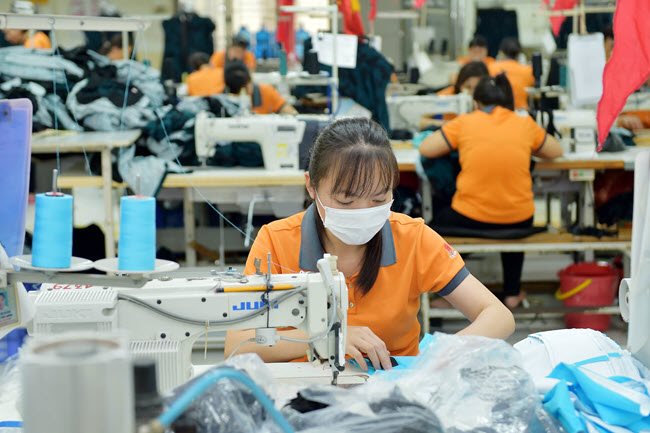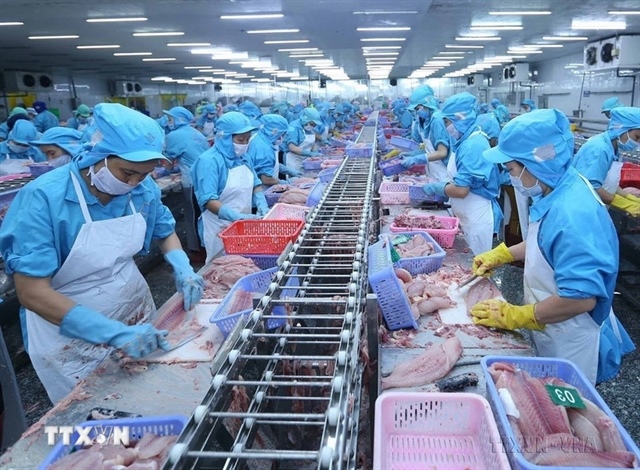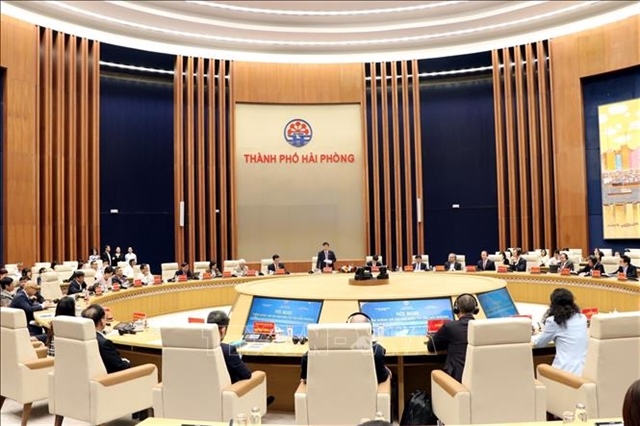Textile-garment sector experiences hardship
Textile-garment sector experiences hardship
Local textile and garment firms are facing multiple obstacles due to global market uncertainty. Many of them have recorded low numbers of apparel orders and a sharp decline in the volume of fibers exported to the key market of China.

The Ministry of Industry and Trade has issued a report, noting that the U.S.-China trade tensions have affected currency exchange rates, resulting in higher prices for goods processed in Vietnam compared with those seen in other countries, such as South Korea and China. Local textile and garment products for export have been negatively affected.
According to some companies in the field, the number of new orders they received this year was only 70% of that seen in 2018. Further, China as the major buyer of Vietnamese fibers and materials has sharply reduced its imports.
Similarly, many large apparel firms said that they only received small orders, which were placed on a monthly basis, as of the middle of the year. Meanwhile, buyers in mid-2018 had already placed orders for the whole year.
The small orders were attributed to concerns among buyers over a possible escalation of the trade dispute between the world’s two largest economies, reported the Government news site.
During the year up to August, local firms produced an estimated 410 million square meters of fabrics made from natural fibers, up 10.5% year-on-year; over 780 million square meters of fabrics made from synthetic and artificial fibers, up almost 10%; and over 3,300 million casual clothing items, rising 8.9% versus last year.
The export turnover of textiles and garments during the eight months was pegged at US$21 billion, up 9.8% against the 2018 figure.
Despite the growth in both production and export activities, local firms should adopt various measures to cope with quickly changing orders from buyers, remarked a representative of the ministry.
Vu Duc Giang, chairman of the Vietnam Textile and Apparel Association (VITAS), confirmed that the local textile and garment sector has suffered losses since the last quarter of 2018, triggered by the trade dispute.
Alongside the declining export of fibers to the Chinese market, the sector came under pressure in terms of material supplies. Local firms have had to pay high costs for fabrics from China while having to lower prices for export orders.
In 2019, the country aims to earn some US$40 billion in export turnover of textile and garment products, targeting the United States as a major importer.
Local firms in the industry had actively bolstered fiber exports to Taiwan, South Korea, Japan and Middle Eastern countries, so the sector still saw a growth rate of nearly 10% in textile and garment export revenues during the year up to August despite the difficulties, said the VITAS chairman.



















